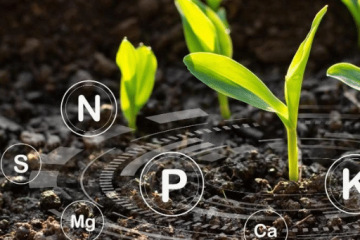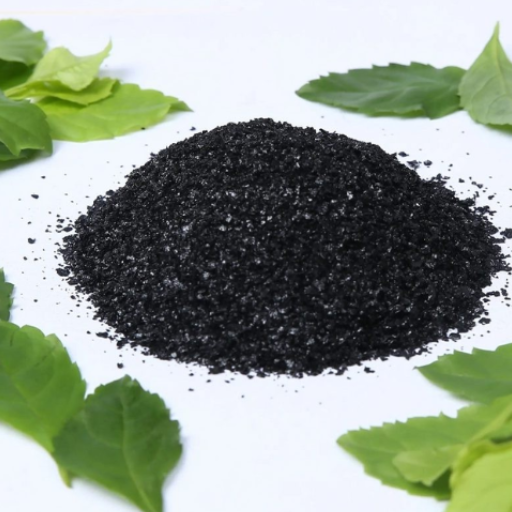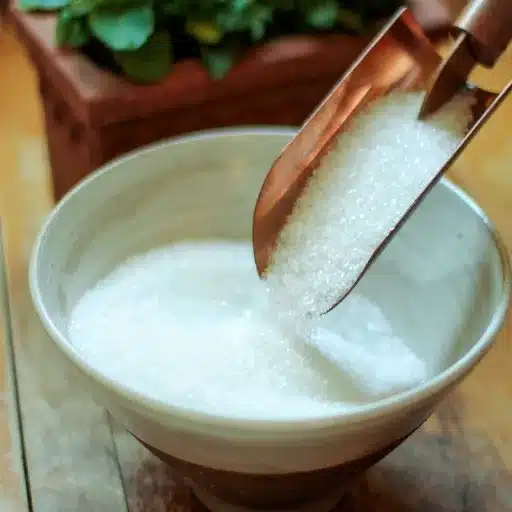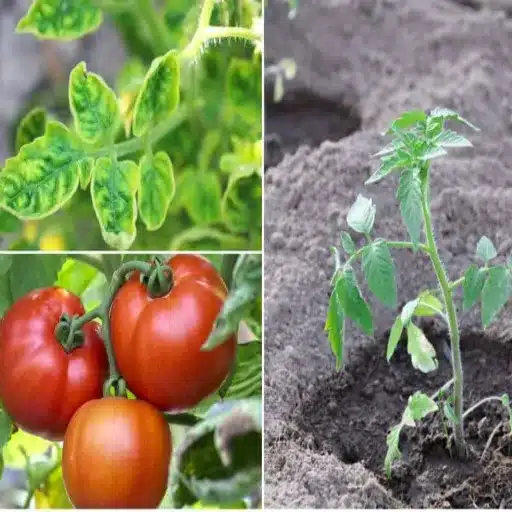Introduction to Potassium Humate
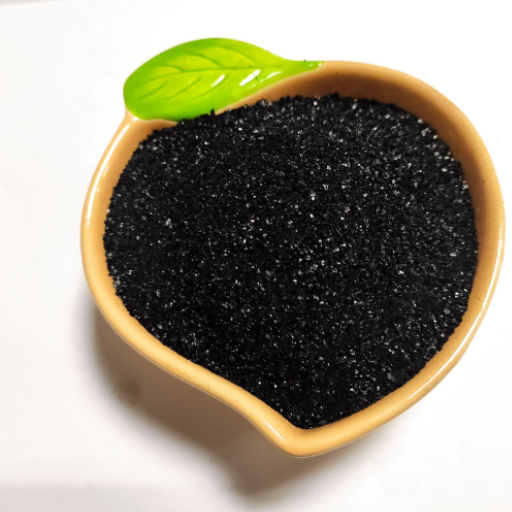
What is Potassium Humate?
Potassium humate is an aqueous potassium salt derived from humic acid, which itself forms a natural constituent of soil organic matter. Its creation depends on the decomposition of plant and animal material over long periods. This compound acts as a soil conditioner that assists nutrient absorption and soil structure improvement, making it valuable for agricultural and horticultural applications.
Environmental Benefits
- Reduces fertilizer runoff and leaching – Lowering environmental risk
- Detoxifies soil – Binds heavy metals and contaminants
- Supports sustainability – Balances productivity with ecological conservation
Composition and Properties
Potassium humate comprises complex organic molecules obtained from plant and microbial material decomposition. The main constituents include:
- Humic acid – Primary organic component
- Fulvic acid – Highly soluble organic acid
- Trace minerals – Supporting micronutrients
Role of Fulvic Acid in Potassium Humate
Fulvic acid is the key component that makes potassium humate effective in soil conditioning and plant nutrition. Here are its five critical functions:
🔗 Improved Nutrient Chelation
Acts as a chelating agent, binding micronutrients like iron, zinc, and manganese. Research shows 40% increased nutrient uptake efficiency in nutrient-deficient soils.
💧 Water-Retaining Abilities
Enhances soil structure and moisture retention through hydrophilic properties. Particularly beneficial in arid and semi-arid regions.
🦠 Microbial Activity Stimulation
Provides a rich carbon source for beneficial soil microorganisms, fostering biodiversity and accelerating nutrient cycling.
🛡️ Neutralizing Toxic Elements
Binds heavy metals and toxins, reducing harmful effects on plant growth. Studies show a 25% decline in heavy metal toxicity.
⚖️ Balancing Soil pH
Buffers soil pH to create an ideal environment for plant growth, especially crucial in acidic or alkaline soils.
Effects of Potassium Humate on Soil Fertility
Improvement of Organic Matter
Potassium humate significantly increases soil organic matter content, which is a major indicator of soil health and fertility. Key improvements include:
- Enhanced Soil Structure: Improves porosity for better root penetration and microbial activity
- Increased Water and Nutrient Retention: Better capacity to hold essential resources
- Improved Cation Exchange Capacity: More efficient retention and exchange of nutrients like calcium, magnesium, and potassium
- Heavy Metal Binding: Reduces soil toxicity by binding harmful metals
Increased Nutrient Availability
Phosphorus Availability Enhancement
Potassium humate addresses one of agriculture’s biggest challenges – phosphorus immobilization. In many soils, phosphorus becomes chemically bound with calcium, aluminum, or iron. Potassium humate acts as a buffer substance, keeping phosphorus in plant-available forms and significantly increasing plant absorption.
Enhancement of Soil Microbial Activity
Soil microbes (fungi, bacteria, and actinomycetes) play crucial roles in:
- Nutrient cycling – Converting organic matter into plant-available nutrients
- Organic matter decomposition – Breaking down complex materials
- Soil structure improvement – Creating stable soil aggregates
- Carbon sequestration – Long-term carbon storage in soil
Impact on Plant Growth
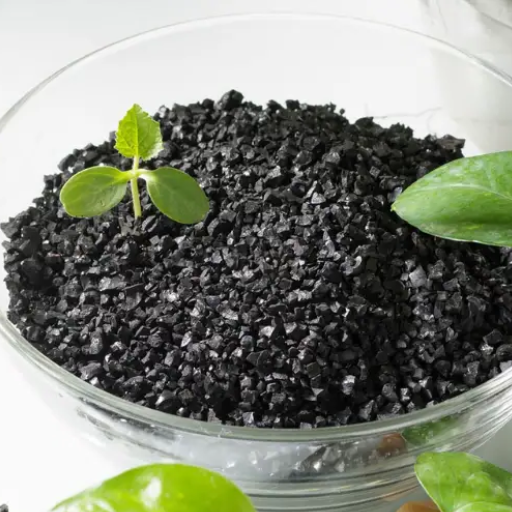
Stimulation of Root Development
Root development is a major determinant of plant health and productivity. Potassium humate enhances root growth through several mechanisms:
📈 Increased Root Biomass
Studies show a 30% increase in root dry matter in certain crops, directly correlating with higher yields.
🏜️ Drought Tolerance
Deeper root systems access subsoil water and nutrients, providing resilience during drought conditions.
🦠 Disease Resistance
Strong root structures encourage beneficial microbial activity that suppresses pathogenic soil organisms.
🧂 Salt Tolerance
Better resistance to saline conditions by mitigating the toxic effects of high sodium ions near roots.
Enhanced Nutrient Uptake
The chemical composition of potassium humate provides unique properties that promote nutrient uptake across various agro-ecosystems:
- Increased CEC: Better retention of NPK nutrients in soil
- Micronutrient Complexation: Forms bioavailable complexes with iron, zinc, and manganese
- Stress Mitigation: Reduces abiotic stress factors affecting nutrient absorption
- Improved Soil Structure: Better aeration and water infiltration
Effects on Crop Yield
Environmental Benefits of Potassium Humate

Reduction of Chemical Fertilizer Dependency
Potassium humate significantly reduces reliance on synthetic fertilizers through several mechanisms:
| Benefit | Impact | Environmental Advantage |
|---|---|---|
| Increased CEC | Better nutrient retention | 30% reduction in N&P losses |
| Enhanced Microbial Activity | Natural nutrient cycling | Reduced synthetic inputs needed |
| Improved Soil Health | Long-term fertility | Sustainable productivity |
| Cost Efficiency | Lower input costs | Economic sustainability |
Improvement of Water Retention in Soil
Water retention enhancement is crucial for addressing water scarcity and ensuring sustainable agricultural productivity:
🏗️ Structural Improvement
Enhances aggregate stability and porosity, reducing water loss through leaching.
💧 Moisture Retention
Creates hydrophilic networks that retain water molecules for extended periods.
⬇️ Reduced Irrigation
Decreases irrigation frequency and water consumption, lowering operational costs.
🌊 Improved Infiltration
Better water infiltration reduces runoff, erosion, and nutrient loss during heavy rainfall.
Comparison with Other Fertilizers
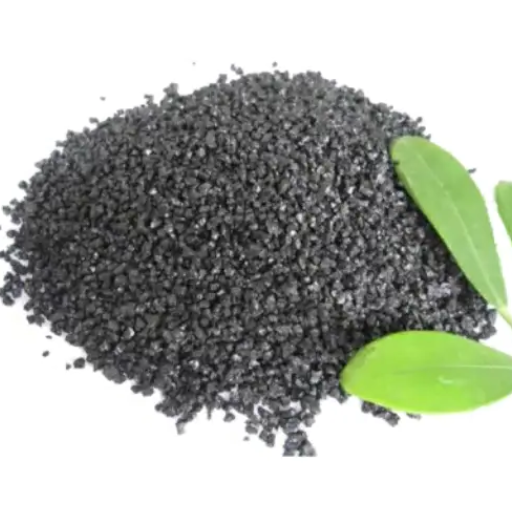
Potassium Humate vs. Traditional Fertilizers
| Aspect | Potassium Humate | Traditional Fertilizers |
|---|---|---|
| Origin | Natural | Chemical |
| Soil Impact | Enhances | May deplete over time |
| Nutrient Absorption | Optimized (30-40% increase) | Moderate |
| Duration | Prolonged release | Quick release, temporary |
| Environmental Effect | Sustainable, reduces leaching | Potential harmful runoff |
| Water Retention | Improves (25% more moisture) | Neutral effect |
| Initial Cost | Higher investment | Lower upfront cost |
| Application Flexibility | Multiple methods | Limited application methods |
| Plant Resilience | Strengthens stress tolerance | No resilience benefit |
| Yield Pattern | Consistent, sustainable | Rapid initial, may decline |
Unique Advantages in Sustainable Farming
🏗️ Improved Soil Structure
Increases soil porosity by 15-20%, enhancing root growth and nutrient retention.
📈 Enhanced Nutrient Absorption
30-40% increase in nutrient absorption rates compared to traditional fertilizers.
💧 Superior Water Retention
Soils can hold up to 25% more moisture, crucial for arid environments.
🌱 Reduced Environmental Impact
50% decrease in nitrate leaching, preventing water contamination.
🔄 Long-term Fertility
Consistent 20% yield increases over three consecutive growing seasons.


